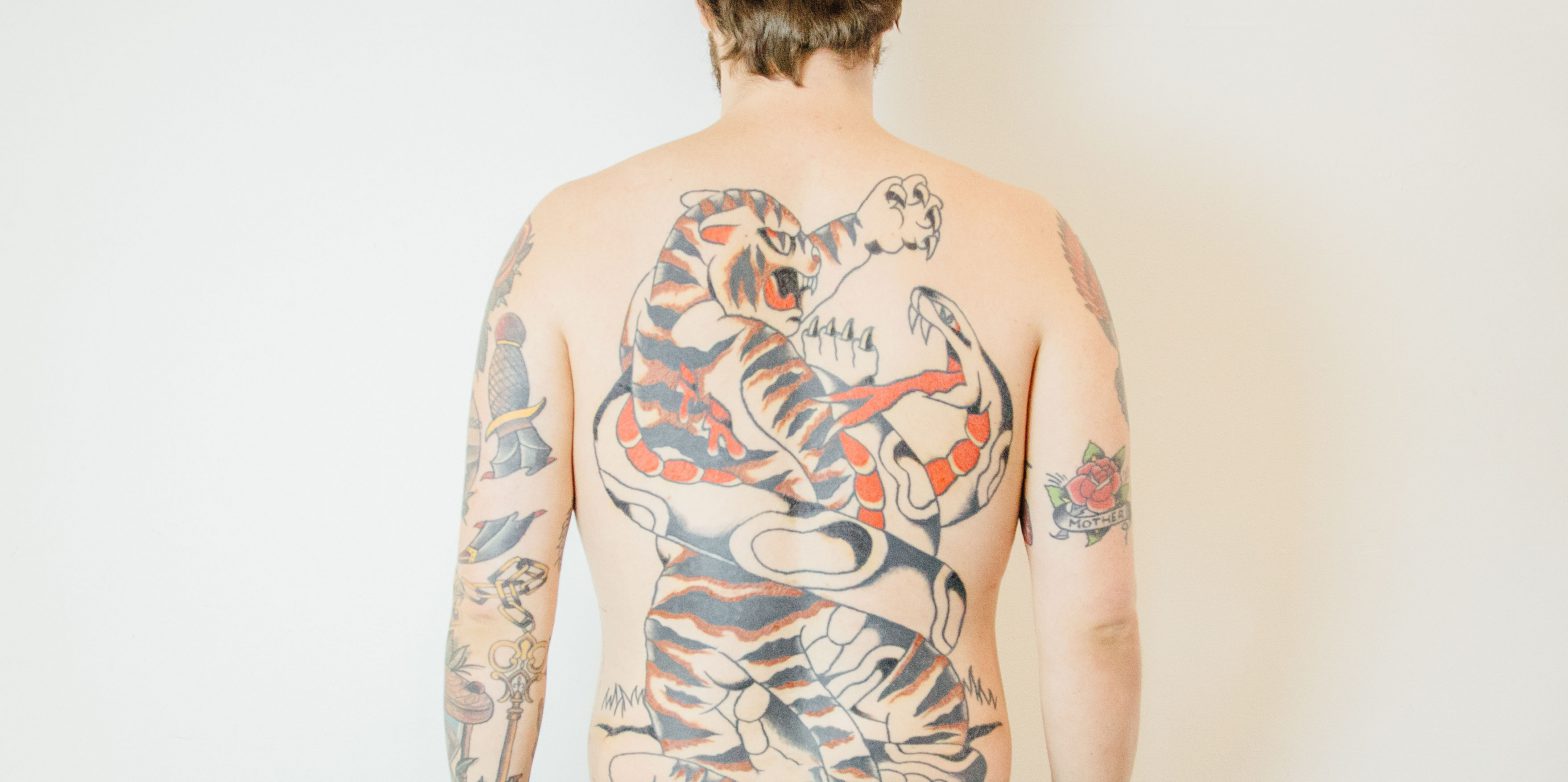You’ve done hours of research, chosen the design, and you’re ready to make the leap: it’s time for the back tattoo you’ve been wanting. But before you book that first appointment—even if it’s just a consultation, you’ll need to know how much does a back tattoo cost?
Back tattoo cost factor: size
Regardless of what kind of tattoo you want, several factors will influence the price of your new piece of art. Generally speaking, the larger the piece, the more it’s going to cost you. Larger pieces, like full back tattoos, take up more of the artist’s time, and consume more studio resources like ink and needles. That cost has to be recouped, and will be factored into the overall price of the tattoo. You may also end up paying for the time the artist takes to conceptualize and sketch the tattoo stencil if you’re trusting them to come up with a design based on your input. The larger the design, the longer that will take.
Back tattoo cost factor: intricacy
Also playing a role is the intricacy of a given design. The more complex a tattoo, the more it will cost. Again, this takes into account the time that has to be spent to get it right, as well as the artist’s overall skill; would you rather get a full back mural from some dude in his garage or an artist with decades of experience? We thought so.
Back tattoo cost factor: coloring
Color tattoos often have to be outlined first, and then filled in with color, and can be broken into multiple sessions. Depending on how much color you’re adding, and how many different colors are part of the design, you could be upping the intricacy level of the tattoo significantly. This is one reason watercolor-style tattoos can cost significantly more than black and grey, or other kinds of color tattoos.
Back tattoo cost factor: artist choice
This is a big one. A popular artist is going to charge a lot more for a session than a relatively unknown one. That popularity has likely been gained through consistently putting out good work, and you can check an artist’s social media accounts like Instagram to see for yourself. These artists may work at popular studios in large metro areas, which means higher rent costs for their space that the artist has to cover. And then there’s the super important intangible factor of experience. When you go to a truly good tattoo artist, you’re paying for the years they spent honing their skill.
Other things to keep in mind
While these factors are a good guideline, every shop and artist will be a little bit different. For example, in a video on her YouTube channel, U.K. tattoo artist Holly Astral, owner of Gravity Tattoo outside London, lays out the concept of ‘minimum charge.’ Minimum charge is the absolute minimum price charged for an hour of work in any tattoo studio, the charge that covers the artist getting out their equipment, prepping their station, and doing some degree of work on you. Shops in the states will likely have something similar.
“I’ve worked in shops where it’s 20 pounds, I’ve worked in shops where it’s 50 pounds, sometimes it could be 100 pounds,” she says in the video. It all depends on the shop, the artist, and what they’re willing to do for that minimum rate. “Every time we do a tattoo, it costs us money,” Astral explains. “Needles, ink, sterilizing the machine, sterilizing the equipment, all the stuff like cling film and vaseline, setting the station up, and our time.”
Rates artists charge are also often split into two categories: a piece rate and hourly rate. Hourly is more likely to be charged for larger pieces like a full or partial back tattoo, while piece rates are a flat price charged for the whole tattoo regardless of time spent inking. That rate is usually reserved for pieces on the small side, where an artist can reliably estimate the time they’ll need to complete it and estimate the cost.
Thereby, it should come as no surprise that a back tattoo will run you significantly more than the minimum. When done by an experienced artist that’s in demand, could run you anywhere from $500 to over $4,000 in the U.S. A tattoo over your entire back will probably run you at least $1,500-2,000, so plan (budget? save up?) accordingly. Choose your design, research your artist thoroughly, and save up the cash to get the piece you want. Cutting corners by going to a cheaper artist won’t be satisfying in the long run if you aren’t happy with the work, and laser tattoo removal can add up to more than you would’ve paid for premium ink. Have a little patience, grasshopper.
Related: How Much Does a Back Tattoo Hurt?

